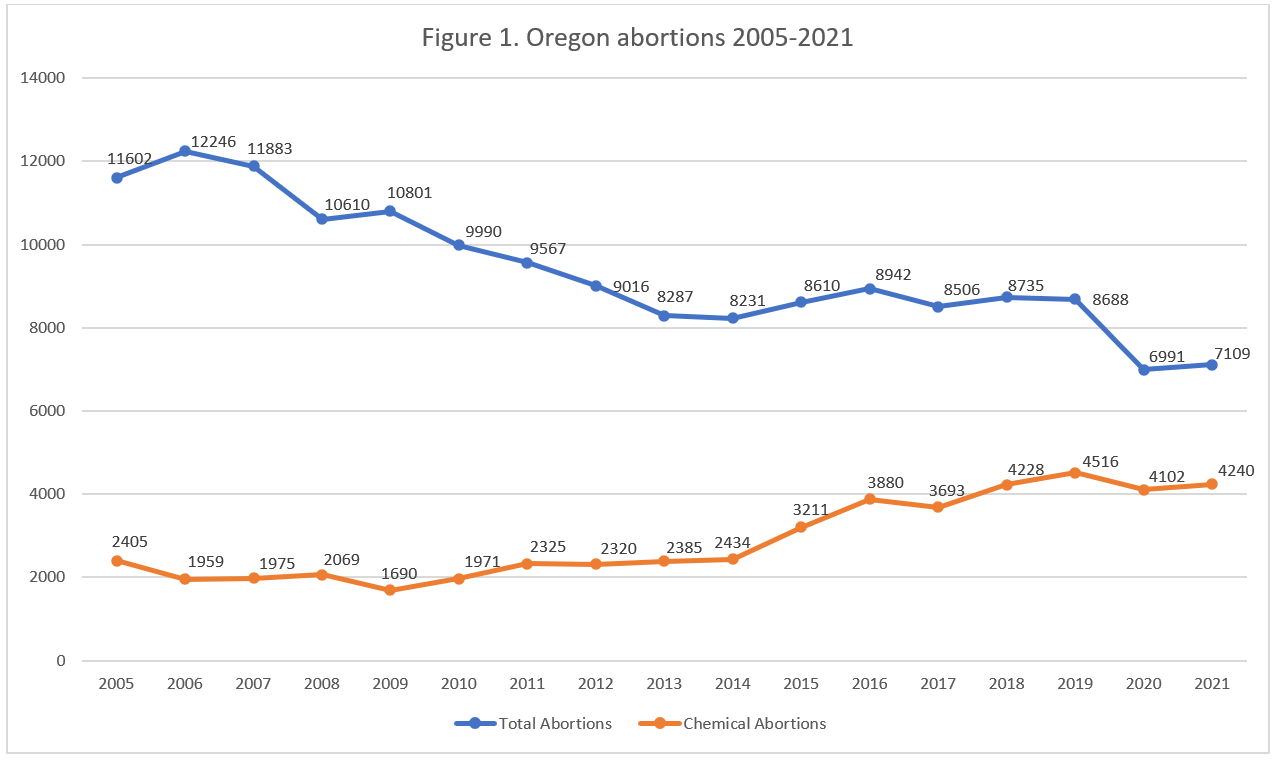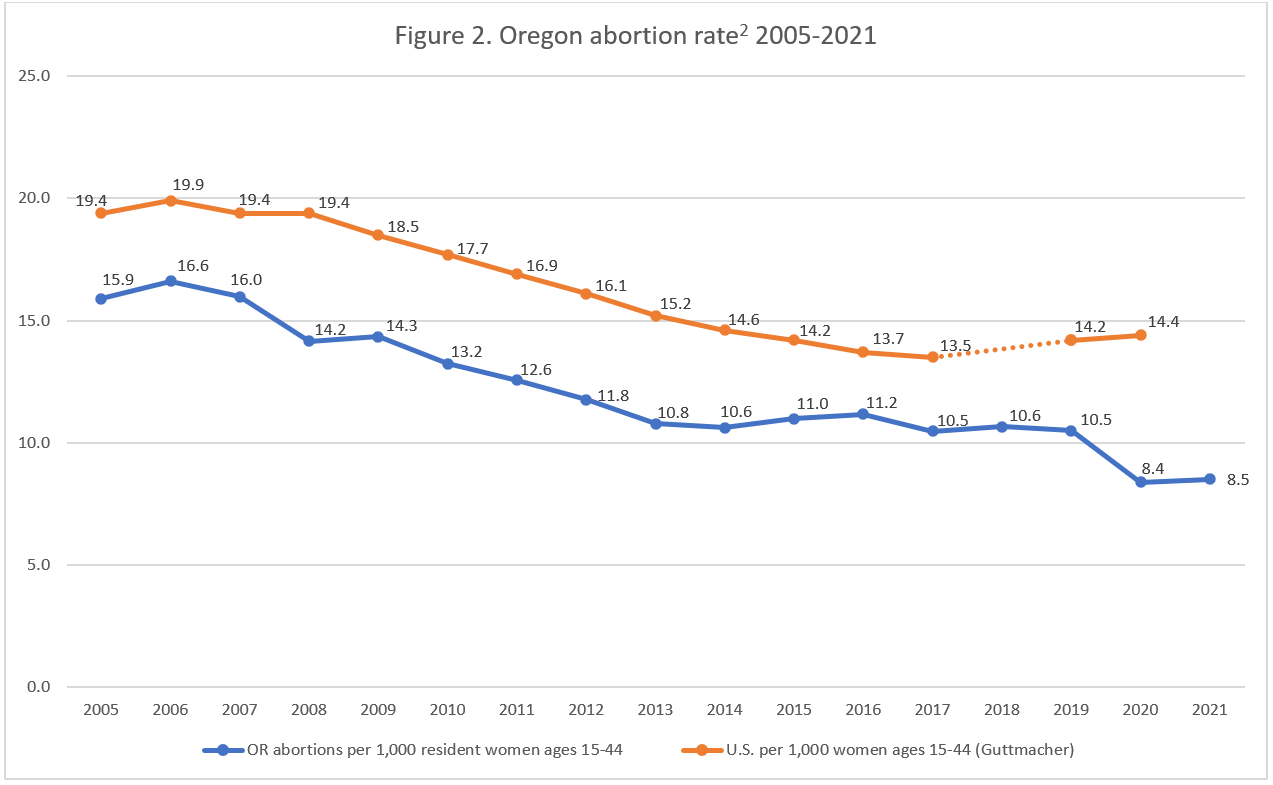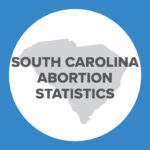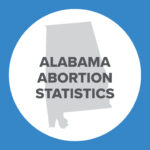Abortion Reporting: Oregon (2021)
Oregon’s abortion statistics for 2021 were published in October 2022 on the state’s Induced Abortion Dashboard run by the Oregon Health Authority’s Center for Health Statistics. During 2021, reported abortions in the state increased from 2020. As of December 2022, 26 states had released 2021 abortion statistics, of which 18 states showed an increase in abortions from 2020.
Statistics and Changes in Oregon Abortions, 2020-2021

The report does not include information on Planned Parenthood’s Oregon abortion market share.
Abortion Totals and Trends
A total of 7,109 abortions were reported in Oregon in 2021, an increase of 1.7 percent from 2020 (Fig. 1). There were 4,240 chemical abortions in 2021, an increase of 3.4 percent from 2020. In 2021, chemical abortions made up 60 percent of all abortions reported in Oregon. The abortion rate increased one percent from 8.4 abortions per 1,000 resident women in 2020 to 8.5 in 2021 (Fig. 2).
State Report Summary
Similar to 2020, 90 percent of the abortions reported in Oregon were performed on state residents. The resident abortion total, 6,414, includes 81 Oregon residents who received telehealth abortion services from licensed providers located out-of-state. Ten percent of the abortions were performed on girls ages 19 or younger, including 14 abortions on girls less than 15 years old (0.2 percent of the total number of abortions). Fifty-five percent of Oregon abortions were obtained by women in their twenties, 31 percent by women in their thirties, and five percent by women ages 40 or older.
Oregon reports abortions by race, but because more than one race may be selected on the abortion reporting form, the figures for each race are higher than the total number of abortions that occurred in Oregon. Sixty-four percent of abortions were performed on white women, and nine percent on African American women, although some of the women may have been of multiple races. Five percent of abortions were performed on Asian women and three and one percent were obtained by American Indian/Alaskan Native and Native Hawaiian/Pacific Islander women, respectively. Eight percent of women who obtained abortions in 2021 reported their race as “other,” and race was unreported for 13 percent of abortions. Charlotte Lozier Institute (CLI) estimates that the black abortion rate (29.2 abortions per 1,000 women ages 15 to 44) was nearly five times higher than the white abortion rate (6.5).
Seventeen percent of the abortions reported in Oregon were performed on women who were married, separated, or in a domestic partnership. Sixty-three percent were performed on unmarried women. Marital status was unknown for 20 percent of the women who obtained abortions in Oregon in 2021. Fifty-one percent, just over half, had no living children. Twenty-one percent had one living child, while 27 percent had two or more living children. A majority of abortions were performed on women who had never had an abortion (64 percent). Twenty-one percent had one prior abortion, and 14 percent had more than one.
Twenty-seven percent of the abortions occurring in Oregon were performed on women who reported using contraception, while 58 percent of the abortions were performed on women who were not using any contraception when they became pregnant. Eight percent of the abortions were performed on women who reported using oral contraception and seven percent were on women who used condoms. Two percent of the abortions were obtained by women who used emergency contraception, one percent by women who used the rhythm method, and not quite one percent by women who used contraceptive rings. Five percent of the abortions were performed on women who used other contraceptive methods and two percent were on women who used multiple methods. Fifteen percent of the abortions were performed on women who didn’t report whether they were using contraception.
Seventy-one percent of reported abortions were performed before nine weeks of gestation, and 17 percent occurred between nine and 12 weeks. Six percent were performed between 13 and 16 weeks and three percent between 17 and 20 weeks. Seventy-three abortions were performed between 21 and 22 weeks of gestation – more than halfway through the pregnancy, well past the gestational age when babies can feel pain. Fifty-nine abortions were performed at 23 weeks or later. Gestational age was not reported for two abortions. Oregon has no limits on how late in pregnancy an abortion may be performed.
Abortion-Related Complications
In 2021, abortions at later gestational ages had the highest rates of reported complications.1 Of the abortions performed at eight weeks of gestation or earlier, Oregon reported that 4.3 percent resulted in complications. Abortions performed between nine and 12 weeks resulted in complications 4.5 percent of the time. This decreased to 4.1 percent for abortions at 13 or 16 weeks and 4.4 percent for abortions at 17 to 20 weeks. However, 5.5 percent of the abortions performed between 21 and 22 weeks of gestation led to complications. This increased to 15.3 percent for abortions at 23 weeks or later. Overall, the risk of abortion complications increases with gestational age.
Retained products was the most common complication, occurring 84 times. There were 53 cases in which the abortion method failed, 19 cases of hemorrhage, 15 infections, and two cases of cervical lacerations. Fifty-five women experienced multiple complications. There were 89 unspecified complications, accounting for 28 percent of total complications.
State Ranking
Oregon’s abortion reports tied for 13th place in a 2016 Charlotte Lozier Institute study of abortion reporting that ranked the 50 states, the District of Columbia, and New York City. Oregon could be more transparent in reporting data it already collects, such as the facilities where abortions take place and de-identified data on previous miscarriages experienced by women who undergo abortions. Oregon could also collect and report information on the methods of payment used to fund abortion, as well as women’s reasons for choosing abortion. Oregon could also require all healthcare providers, including those in emergency rooms, to report any abortion complications they encounter. As Oregon’s complications statistics illustrate, abortions become more dangerous as gestational age progresses, and Oregon permits abortion throughout all nine months of pregnancy.


- Statistics on abortion complications reported here represent a minimal number of deaths and complications, as this data is collected in a non-systematic and non-verifiable way. As such, this data cannot be used to calculate either an accurate abortion mortality rate, nor an accurate abortion complication rate for the state.
- Oregon’s abortion rate is calculated using the following formula: (all abortions performed on women ages 15-44 and women of unknown age ÷ resident women ages 15-44) x 1,000. Estimates for 2005-2009 are intercensal estimates of the July 1 resident population. Estimates for 2010-2019 are Vintage 2020 postcensal estimates of the July 1 resident population. Estimates for 2020-2021 are Vintage 2021 postcensal estimates of the July 1 resident population. Estimates were produced by the U.S. Census Bureau and the National Center for Health Statistics.

























